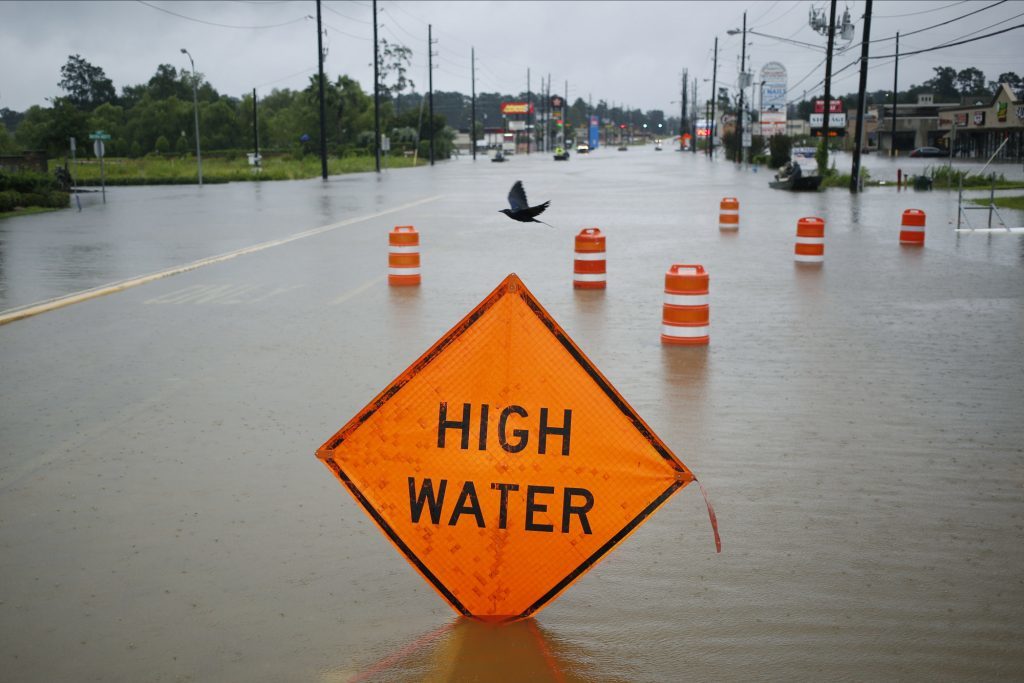
Global watchdog the International Energy Agency has said the impact of two hurricanes on the US Gulf oil markets is easing on a “daily basis”.
Ina blog post, the intergovernmental agency highlights that although the full effect of Harvey and Irma are yet to be seen, the overall burden is likely to be short lived.
Before the storm hit Texas, commercial stocks in the US and in the Gulf Coast region were at “comfortable levels”, the IEA said.
Adding: “This was a good thing because the estimated loss of refinery output in September of about 1.6 mb/d has only partially been offset by lower demand.
“Loans to refiners from the US Strategic Petroleum Reserve as well as the availability of surplus European gasoline ensured that the Gulf Coast and areas of the US dependent on it were well covered, as was Mexico.
“In addition to the adaptations made by the market, the IEA was ready to act through its collective response mechanism if the situation had worsened, although that did not turn out to be necessary.
“However, the availability of global strategic stocks proved their value, even at a time of strong oil market liquidity.”
Much of the concern about the fallout of the two tropical storms was due to the rising importance of the US Gulf in the context of the global oil market.
A decade ago, when severe storms hit the Gulf Coast, the region was primarily a production and refining hub.
Today it acts as a trading centre, with more than 4 mb/d of products and 0.8 mb/d of crude oil being exported
Crude oil from the US finds its way to an increasing number of countries including China, Korea, Italy, the Netherlands, Singapore and the United Kingdom. With US export volumes expected to increase, the strategic importance of the Gulf Coast will only grow.
The IEA said: “The rise of the Gulf Coast as a major energy hub means that, in some respects, it can be compared to the Strait of Hormuz in that normal operations are too important to fail.
“The oil market has coped relatively well with the challenges posed by the hurricane season thus far, but that said, now may be a good time to consider steps to mitigate the impact of future severe-weather events.”
Suggestions from the IEA include reviewing the robustness of the Gulf Coast energy infrastructure, including production facilities, refineries, crude and product storage capacity, pipelines and marine infrastructure, and looking at what measures can be taken to minimize disruptions to port operations.
There is also an opportunity to examine whether more can be done by industry and government working together to strengthen energy security, perhaps including the provision of government-held product stocks in the US, a subject that was last examined in 2015’s Quadrennial Energy Review.
